How crucial is photography to the successful communication of a product? This question intrigued me, so I asked Lea Anouchinsky, one of the top photographers in the industry.
When I was still a student, my teacher Mauro Del Santo showed the class some pictures from the thesis projects at Eindhoven. They were incredible, and compared to what I was doing, mine looked so cheap and shabby, while theirs were super. How was it possible that my thermoformed stool looked worse than a simple wax candle?
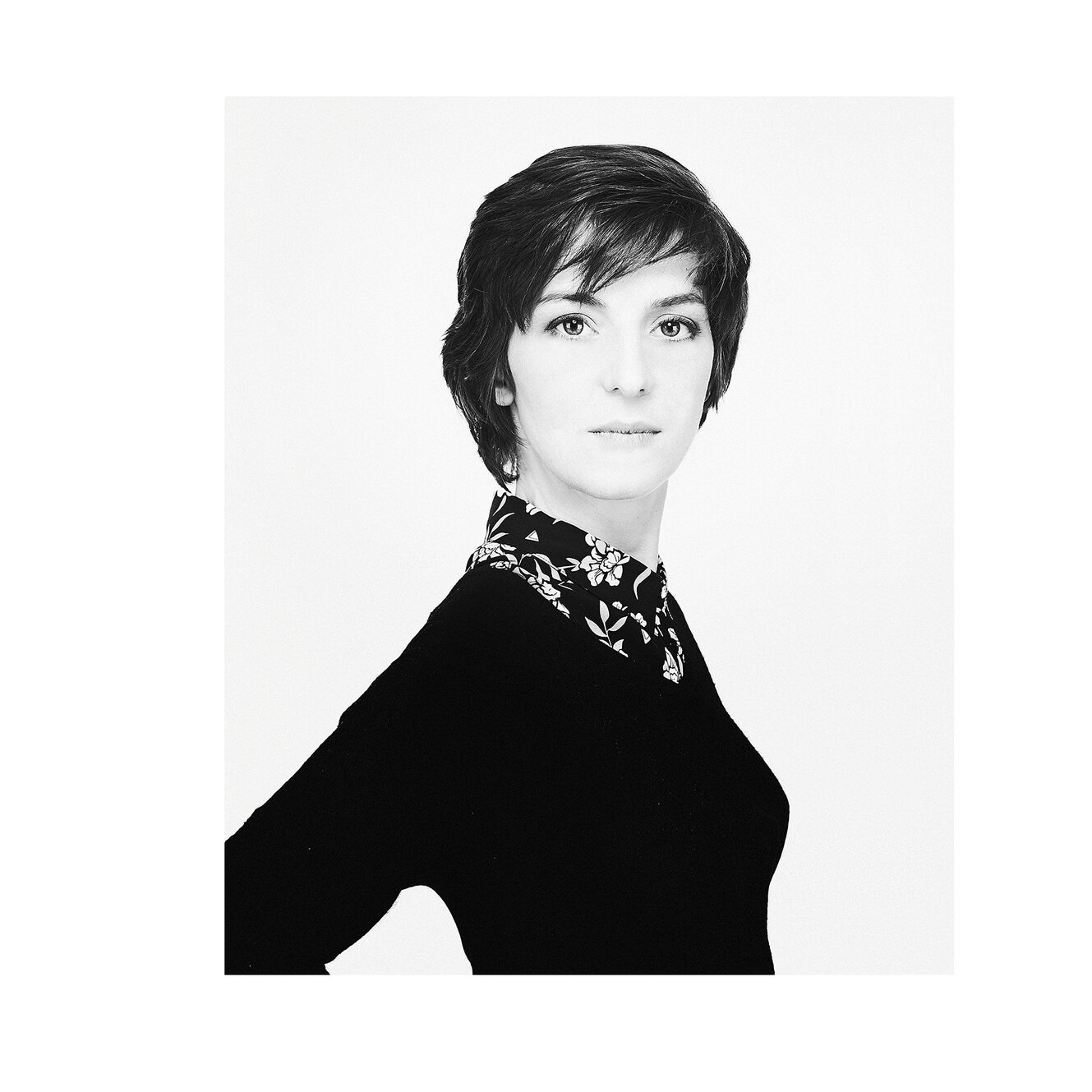

It wasn’t about imperfection, because both had imperfections; those candles were not perfect either. Mauro said, “The pictures. Those are fundamental to communicate the project. If you make a good photo shoot, the object will use all its power.” That idea was tattooed in my brain, and from that moment on, I dedicated myself to trying to give my objects the best photo I could take, first with my poor tools, and later with the best photographer I could meet.
Growing up as a millennial, I saw how images became more important over time due to the growth of social media and messenger tools. But the real difference was made by the blogs that were sharing cool images to give color to articles and opinions. In the design field, it was the same.


In the beginning, when blogs were not considered much by PR agencies, young designers sent images and renderings. To understand what I mean, just scroll through the images that Benjamin Hubert (Founder of LAYER) sent for the first time to Dezeen in 2007 and compare them to what his design agency sends now. There is a huge difference, a natural consequence of how the context developed. What’s really important in making a photo in the design world is that you have to give character to objects, and that’s a very sophisticated thing.
You can’t ask an object to smile, so you have to understand what makes an object beautiful and capture it in a single frame. The same goes for the places that host them and the protagonists behind the creations. Over time, I’ve met a lot of people, and very few know how to be a photographer who can really see the right nuances that give the right value to the design.
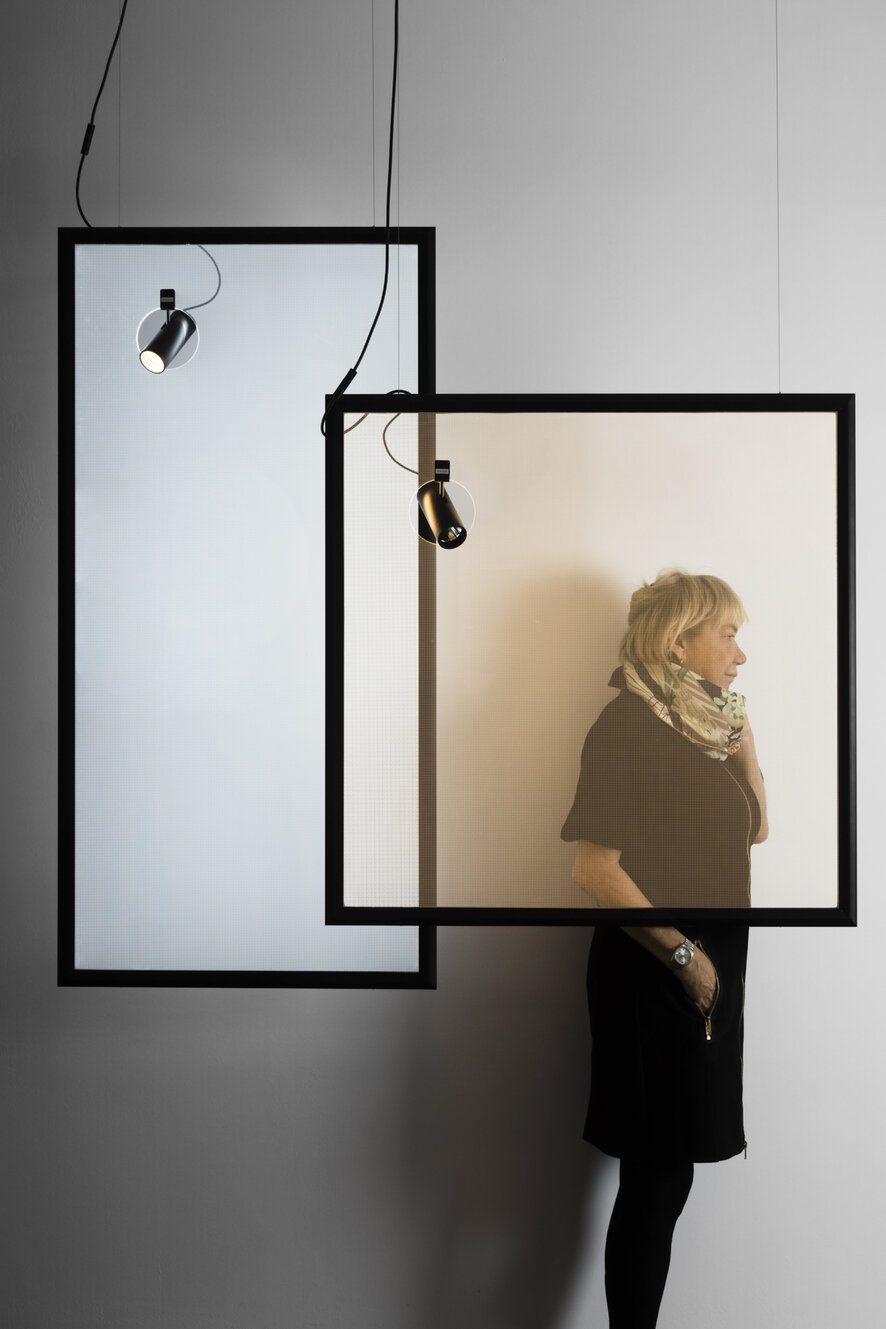

One of them is Lea Anouchinsky, who has the unique capacity to trace the invisible line that connects objects, people, and images. I’ve asked her a few questions to spread to the world a deeper knowledge of what’s in the mind of a photographer when it comes to making a “design picture.”
The first thing that stands out is the fact that she didn’t start straight with photography; her background comes from Music Communication Sciences and Technology, studied in Milan, the city where she was born. It’s the meeting with Livia Peraldo Matton, that gave her a job as a photo editor, which made her rethink her career and change direction to focus on photography, first studying again at the London College of Communication and later being an assistant to a number of relevant Interiors and Still-Life photographers, including Matteo Oriani and Raffaele Origone.
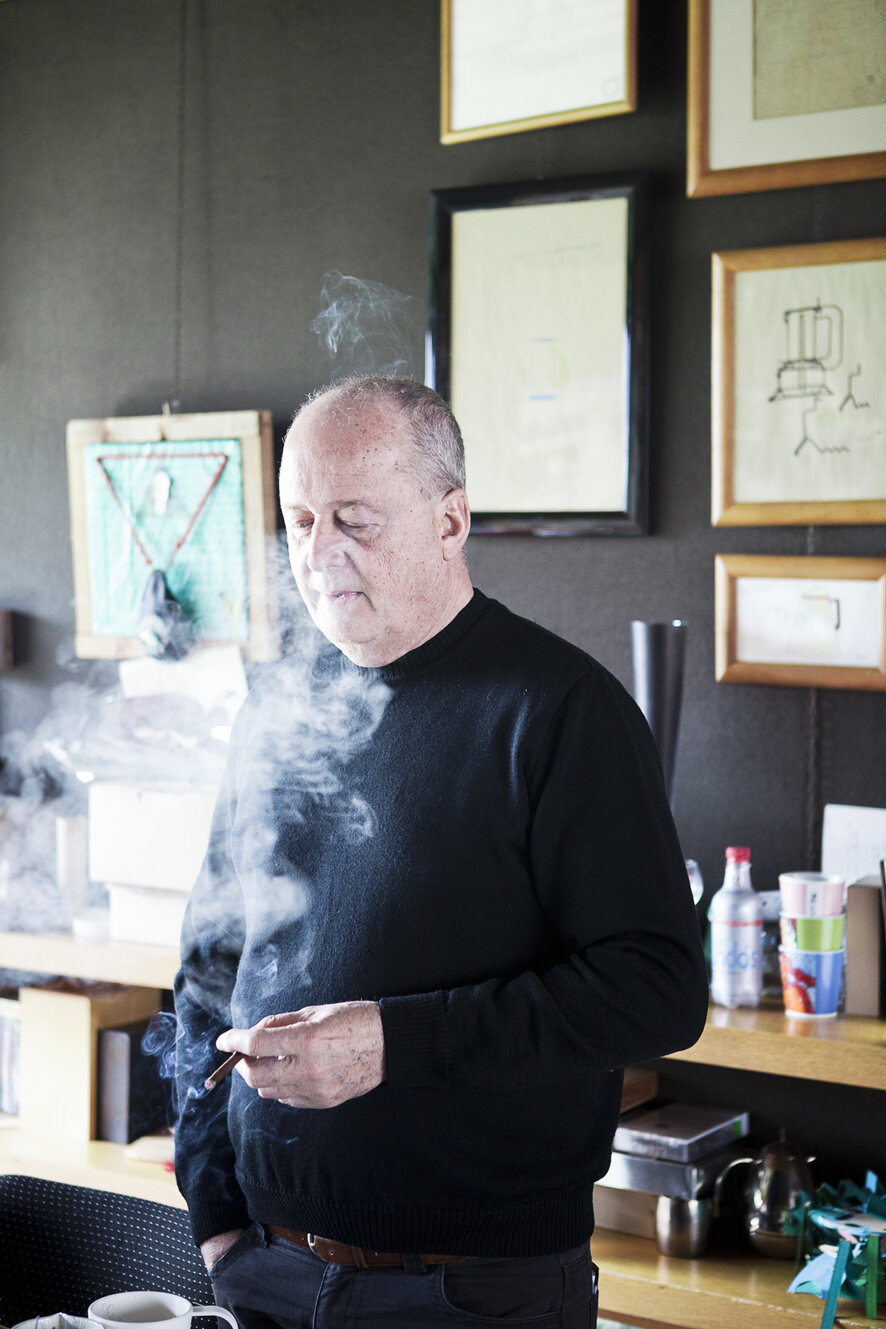

She’s not the first case of a good photographer I know coming from another field and becoming an excellence, but they are usually architects, whereas here we have a person with a music background. Photography is a very personal thing, and the same place or the same object pictured with the same light and camera can give very different results. Maybe the fact that she comes from a field that doesn’t necessarily deal with the visual, but with sound, made her approach three-dimensionality in an unedited and original way.
I asked Lea Anouchinsky about her experience (see here her Instagram profile) working with magazines and her relationship with art directors. This is what she shared with me.
“My first commission was for Francesca Taroni’s Case Da Abitare. I curated a photographic report on the Milan Design Week. Later, I was invited to collaborate with Living Corriere Della Sera from its first issue, where I contributed for three years. My first published photo in print, in 2013, was a portrait of Carlotta de Bevilacqua, CEO of Artemide. Working with and for magazines is central to my profession; I even describe myself as an ‘editorial photographer.’
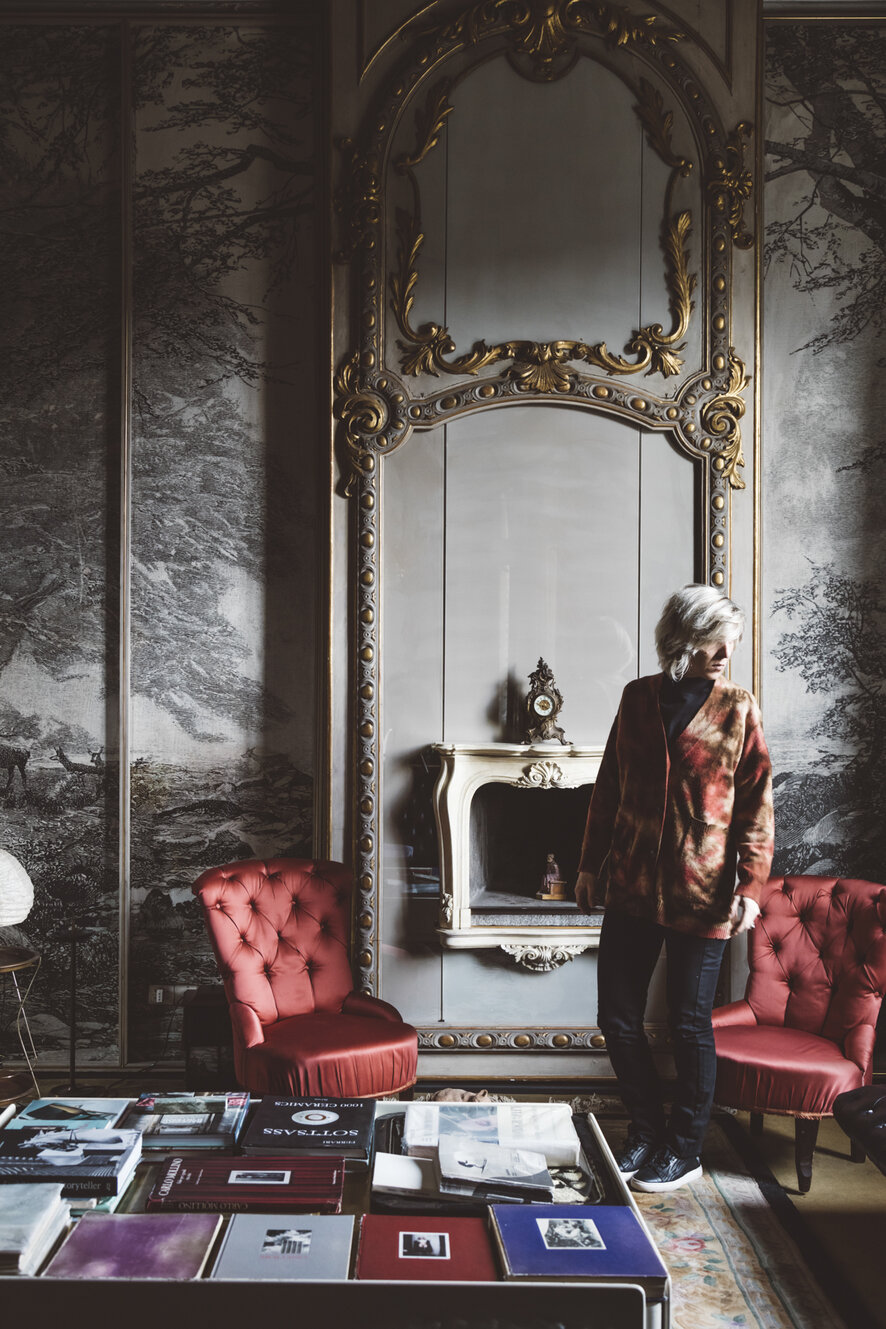

My assignments range from portraits to still life, allowing me to travel and meet people and places I wouldn’t otherwise access—like Miuccia Prada and artist Theaster Gates for the Financial Times, and artists Enzo Cucchi and Nico Vascellari for Elle Decor Italia, or architect Kengo Kuma for Living Corriere. I’ve also collaborated with renowned journalists, one for all Maria Shollenbarger from the FT. My relationship with Art Directors is open and collaborative. Having worked in an editorial office, I kinda understand the process.”
The fundamental part is understanding the process behind a publication. The fact that the photographer, in these cases, is not working just for their own need for expression, but has a given goal that must be achieved, requires a process and needs to be part of the design of the editorial vision.
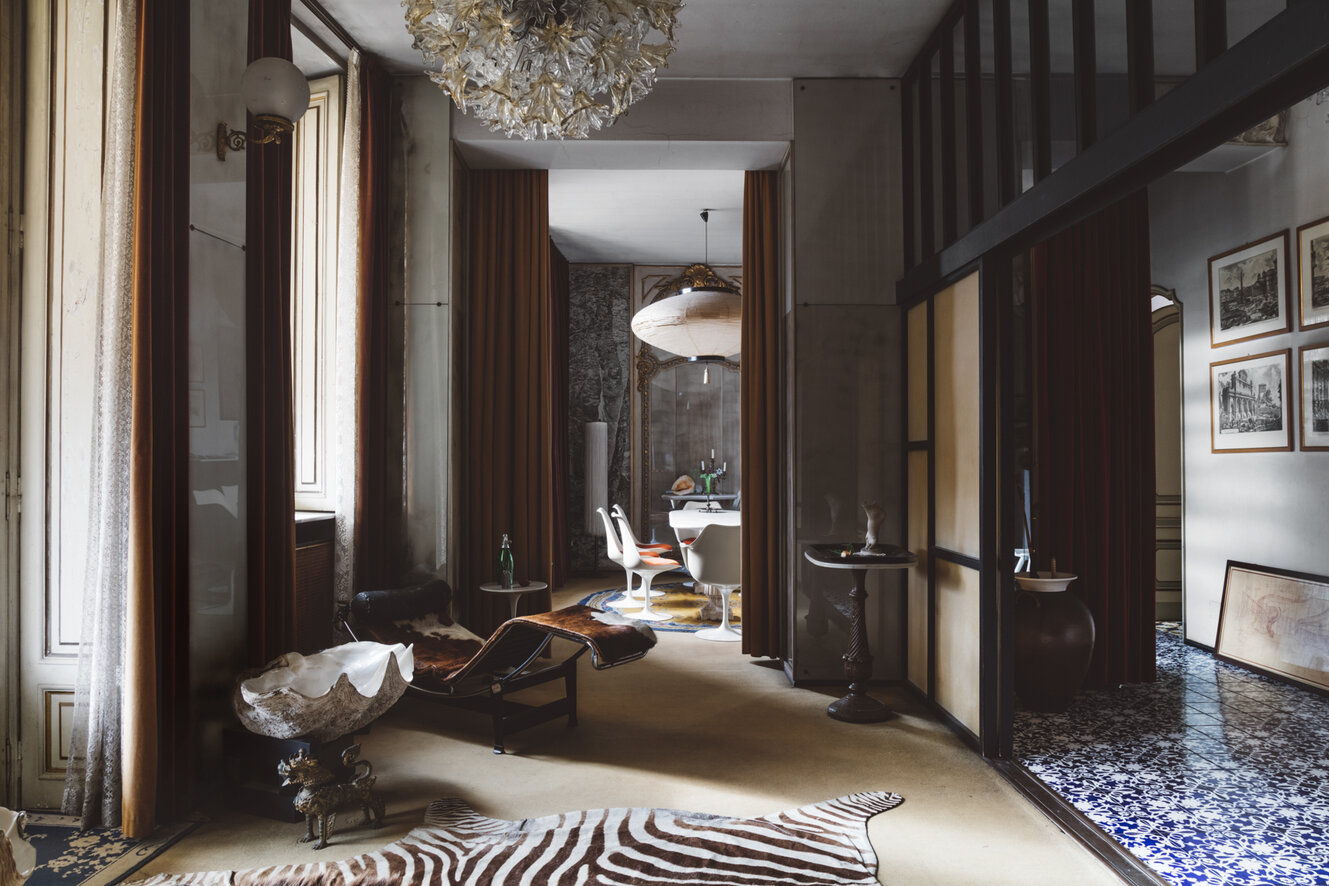

Real control over the processes and situations, mixed with the right amount of experience, makes it possible to imagine in advance the desired result and have a path to follow to obtain what’s in your mind, explaining it in advance and having it done as you expected.
That really sounds familiar with what we call the design process, where we set a goal, leave very little space for improvisation, and place people at the center, fostering a continuous exchange of opinions, expectations, and results to achieve something we often call “beautiful.”




